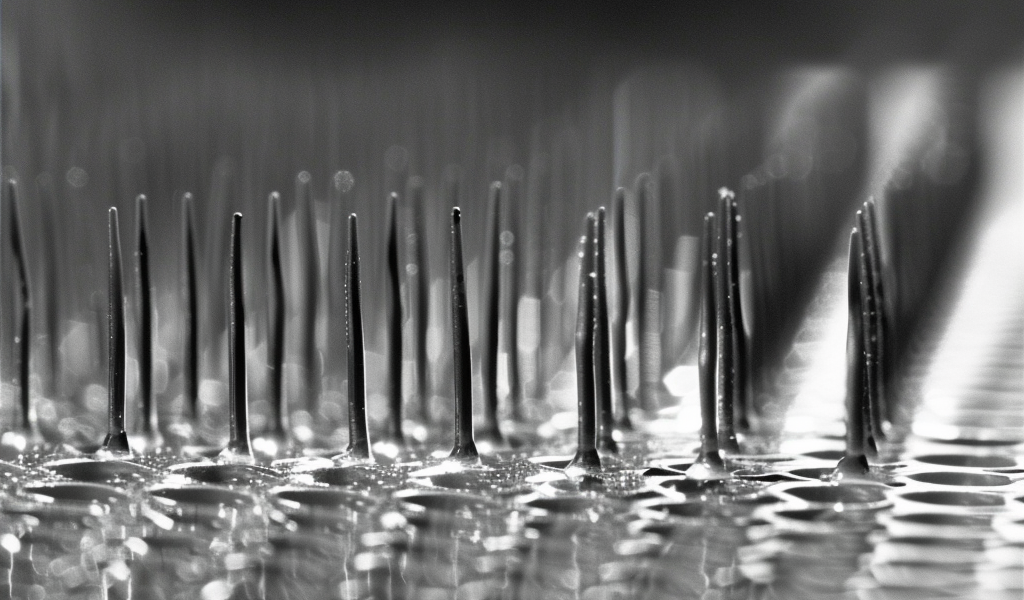Researchers at Australia’s Royal Melbourne Institute of Technology (RMIT) have developed a groundbreaking silicon material that neutralizes 96% of virus cells using nanospikes. This innovative technology has the potential to revolutionize the way hospitals, laboratories, and other sensitive environments combat infectious diseases.
The new material, detailed in the journal ACS Nano, appears as a smooth silicon wafer to the human touch. However, at a microscopic level, the surface is covered in nanospikes, each so small and sharp that they can impale individual cells. In lab tests, 96% of hPIV-3 virus cells that came into contact with the material were either torn apart or rendered incapable of replicating, effectively preventing infections like pneumonia, croup, and bronchitis.
The inspiration for this virus-slaying surface came from the structural composition of cicada and dragonfly wings, which feature sharp nanostructures capable of skewering fungal spores and bacterial cells. By subjecting a silicon wafer to ionic bombardment using specialized equipment at the Melbourne Center for Nanofabrication, the team created countless 2-nanometer-thick, 290-nanometer-tall spires, each about 30,000 times thinner than a human hair.
The potential applications of this technology are vast. Implementing this cutting-edge material in high-risk environments such as laboratories or healthcare facilities could significantly bolster containment measures against infectious diseases. The development of this novel silicon material represents a major step forward in the ongoing battle against pathogens, offering a promising solution for mitigating the spread of infectious diseases in various settings.





